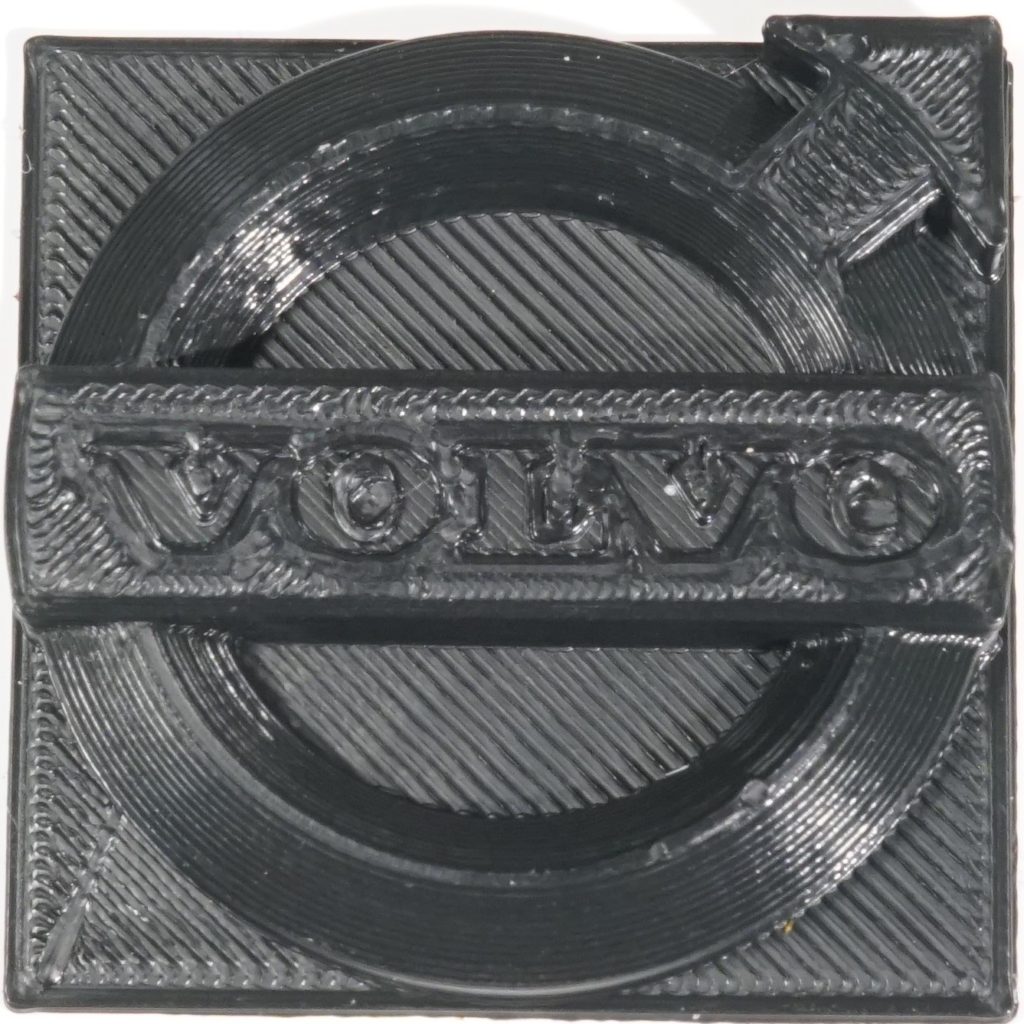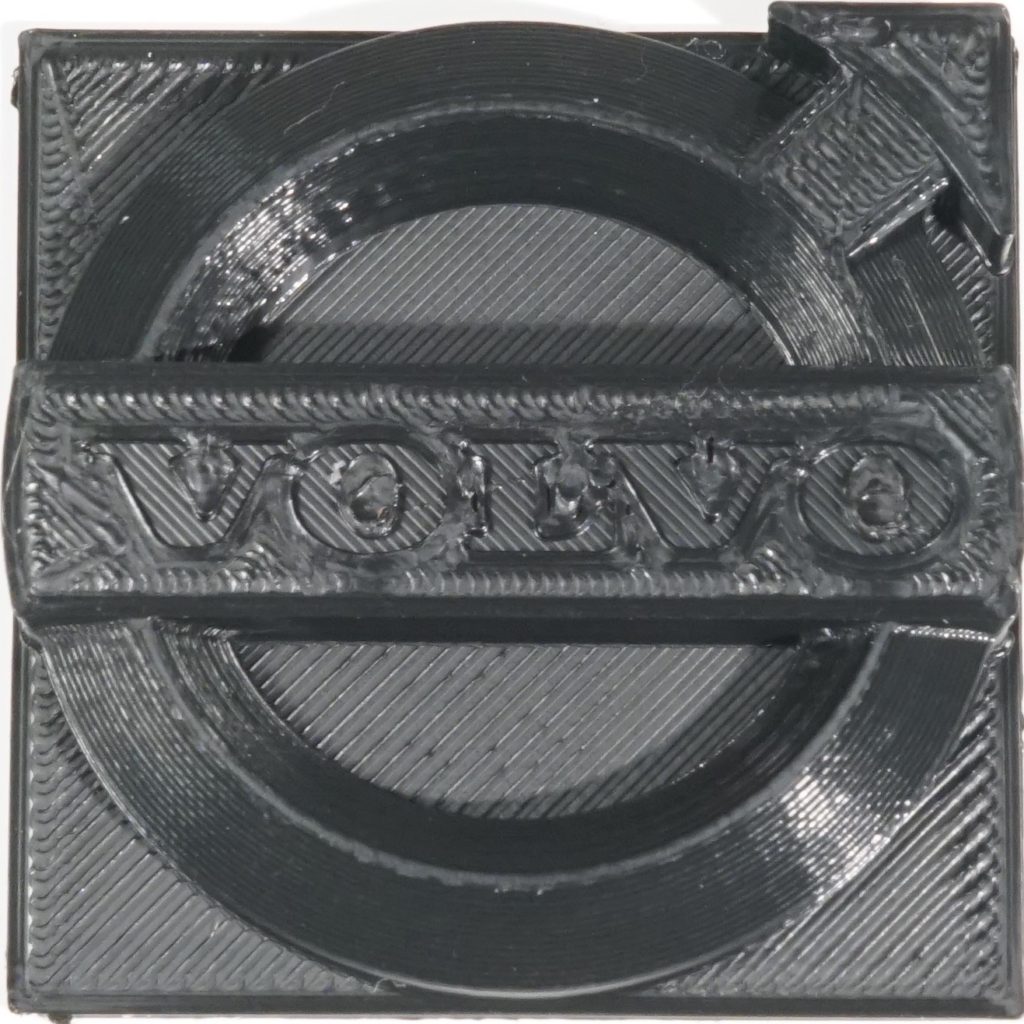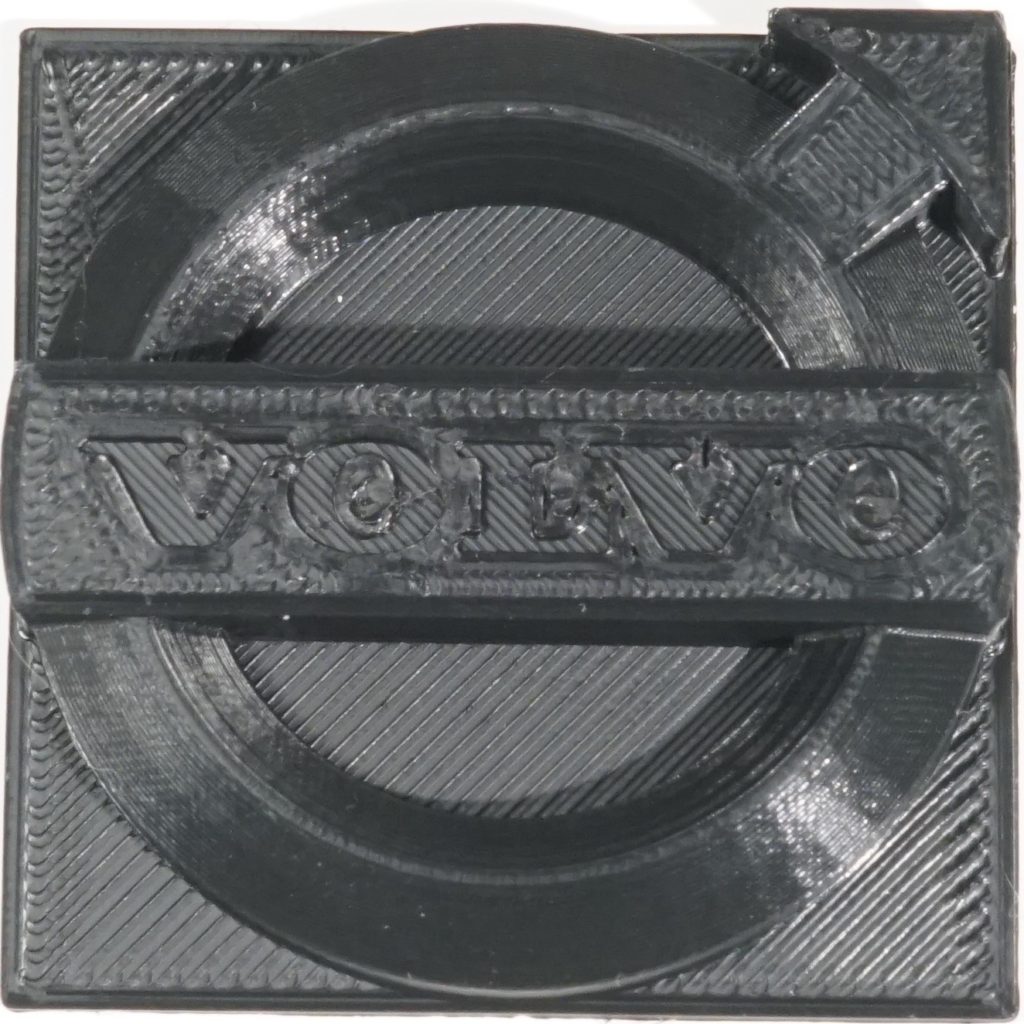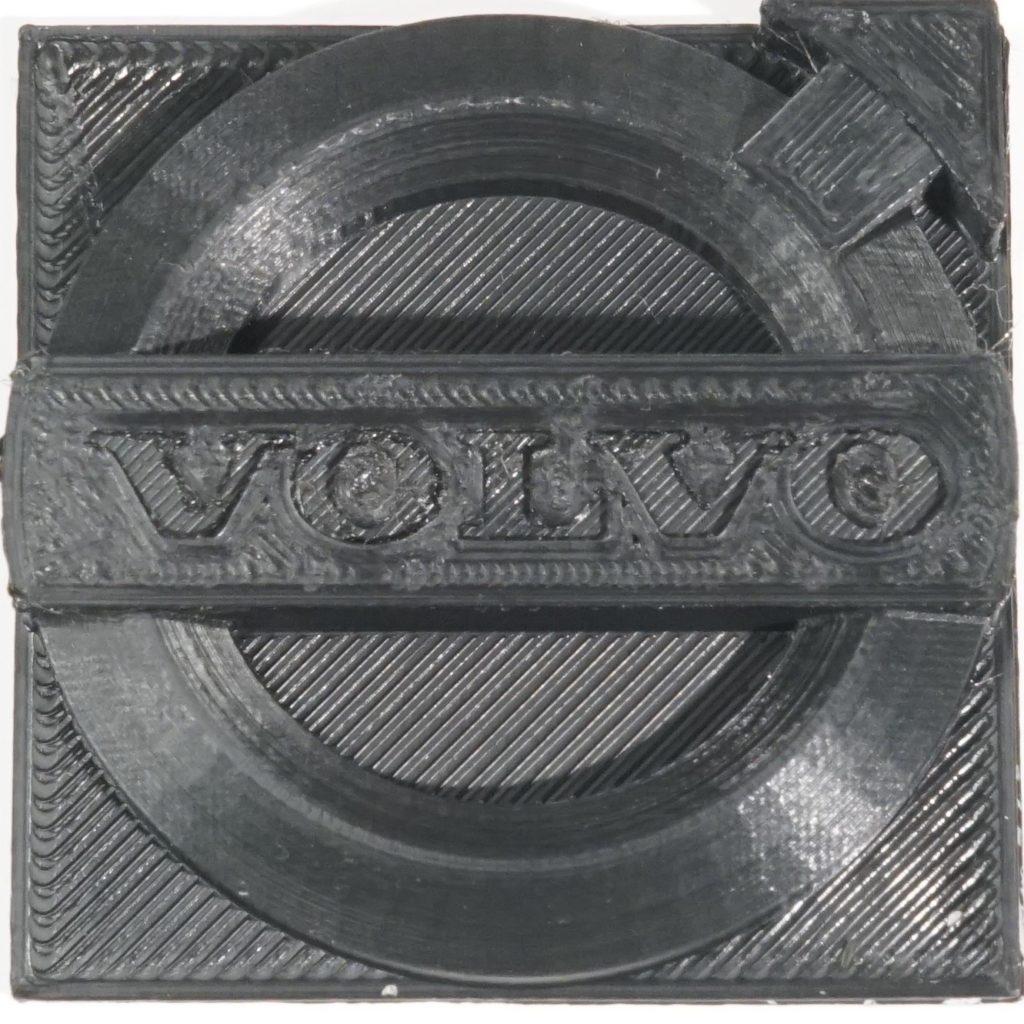3D Printed Parts
What You Need to Know
This guide outlines the four main factors to keep in mind when evaluating a 3D printed part.
Printer Type

There are several main methods of 3D printing that each build parts in different ways. Each style of printer has its pros, cons, and special considerations. Here we round up the top three printing methods you’re likely to see on Printbrick.
FDM
(Fused Deposition Modeling)
This style of 3D printer is by far the most popular variety, and likely what you think of when you think of a 3D printer. An FDM printer will extrude hot softened plastic, layer after layer, and build up a part over time on a build platform. With rapidly evolving technology (both hardware and material), these printers can now print in high definition with many different materials.
SLA
(Stereolithography)
SLA printers have drastically come down in cost in recent years making them a more common sighting in the hobbyist’s arsenal. This printer type will cure a special type of resin one layer at a time with UV light which allows it to achieve very fine detail. However, this printer type tends to have a smaller build volume and parts generally involve additional post-print processing.
SLS
(Selective Laser Sintering)
Everything’s cooler with lasers involved right? This printer type emits a laser to melt layers of powdered material together that sits in a vat. This method can produce complex parts without support material and with very precise dimensions. However, SLS printers tend to be expensive and can produce a grainy texture that may need extra post-print finishing work.
Material

There are hundreds of different varieties of materials, all with their pros, cons and optial use cases. Here is an outline of some of the most popular materials used to make Printbrick parts:
PLA
PLA is the most common material used in FDM 3D printing due to its large selection, low cost, high strength, and high quality print results. PLA can be more brittle than other materials, however, and should not be used in high temperature applications.
ABS
ABS is another very common material in FDM 3D printing. ABS is more resistant to high temperatures, and is less brittle making it less likely to crack. It is more difficult to print with, however, and can be prone to warping while printing.
PETG
PETG is a newer material but is quickly becoming more popular, and for good reason. It’s easier to print with than ABS but less brittle than PLA. It has good resistance to both heat and UV radiation, making it a great choice for automotive parts.
Nylon
Nylon generally requires higher temperatures when printing which could mean using a specialized printer. That said, Nylon has fantastic properties when it comes to flexibility and durability, and is well suited to parts that simply need to be tough.
Definition and Quality

Certain printers are capable of producing more detailed and higher quality parts, but that the reality is that there are hundreds of factors beyond the printer itself that affect the look and feel of a printed part. One of the key settings to keep in mind when setting up a part for print is layer height, that is, the height of each extruded layer by an FDM printer. A smaller layer height means any given part will be built up by more layers, leading to higher resolution along the Z axis (up and down) which will result in less visible “stepping” a typical quality of certain 3d printed parts. The downside is that these parts can take much longer to print, although finished parts can involve less work when finishing.
The below set of parts are identical, except that they were printed at varying layer heights. The difference is most visible along the circular section of the part, where varying levels of the “stepping” is visible.
0.2 mm
layer height

0.15 mm
layer height

0.10 mm
layer height

0.06 mm
layer height

Finish

The quality off a part coming off a printer is fundamental when it comes to the finished quality of the part, but depending on the look the maker is going for, finishing (or post-print-processing) can have an equally significant role to play. Finishing can involve the removing support material required for printing, sanding, painting, and even chemical treatments to achieve the final look. A high quality print finished in an intentional and careful way can often be indistinguishable from an injection molded part.